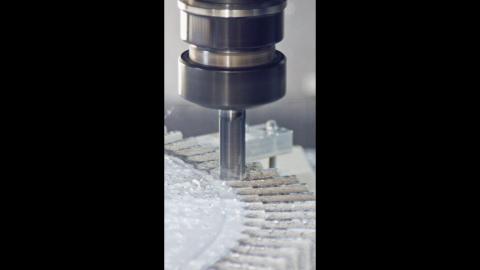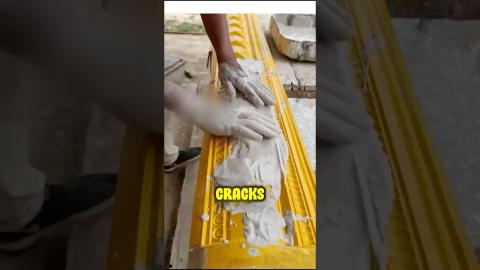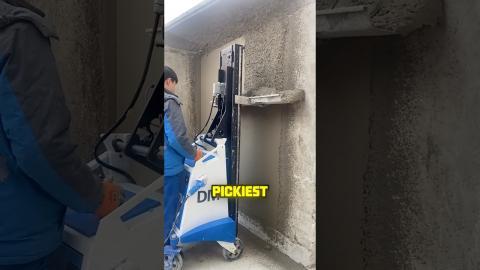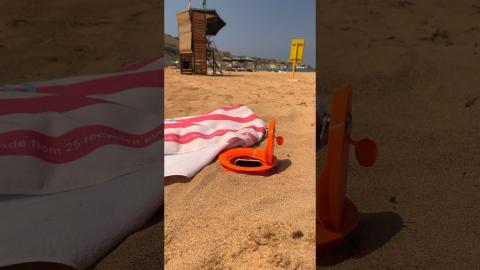3D Printing Microfluidics, Sand Walls and Standards for Construction
Description
ISO/ASTM Standard 52939:2023 has been released and it sets standards for QA for 3D Printed polymer, composite and cement buildings. This is most welcome since 3D printed construction is a bit of a Wild West kind of environment at the moment. It is meant to deal with QA, simulation, dry runs and more.
Dubai´s Museum of the Future has showcased an expanded six meter wall by Barry Wark. The wall made with binder jetting is said to be intricate and sustainable. Mr. Wark also hopes that, similar walls will be used for ¨interiors, facades and even structural elements with this technology due to its load-bearing capabilities and potential durability.¨ I hope that this will not happen since the binder and sand react differently to changing temperatures and especially freeze at different temperatures. This means that binder jet walls could crack and break apart if temperatures change a lot during the day and will crack if it freezes.
MIT researchers have made self-heating microfluidic devices using extrusion. They've used PLA and a copper doped PLA to make devices that use $2 of materials to create a device with 500 micrometers wide and 400 micrometers high channels that can heat a liquid by 4C. This is a step forward into turning microfluidics into both a more affordable technology and one that can really operate true factories at the microscale.













